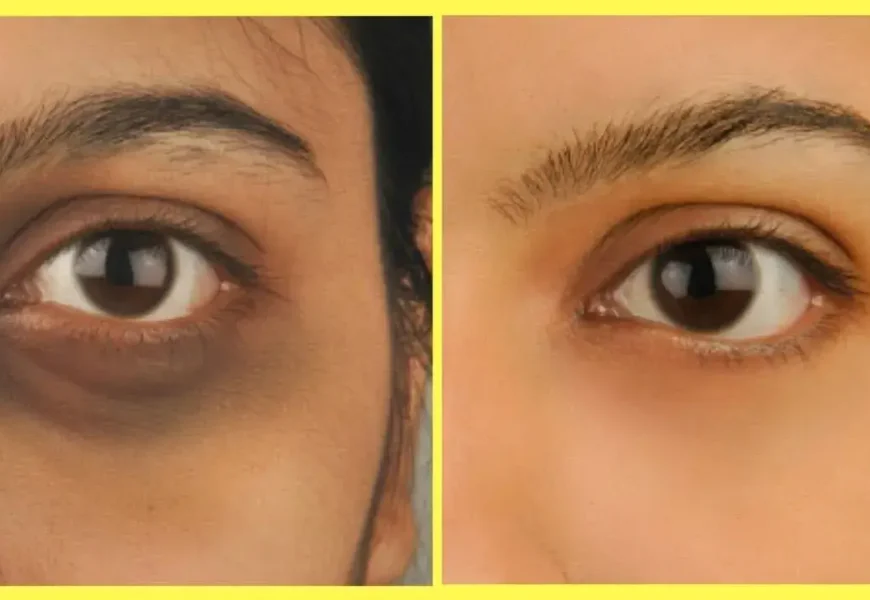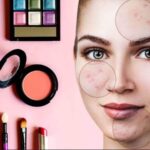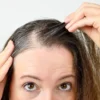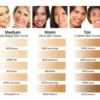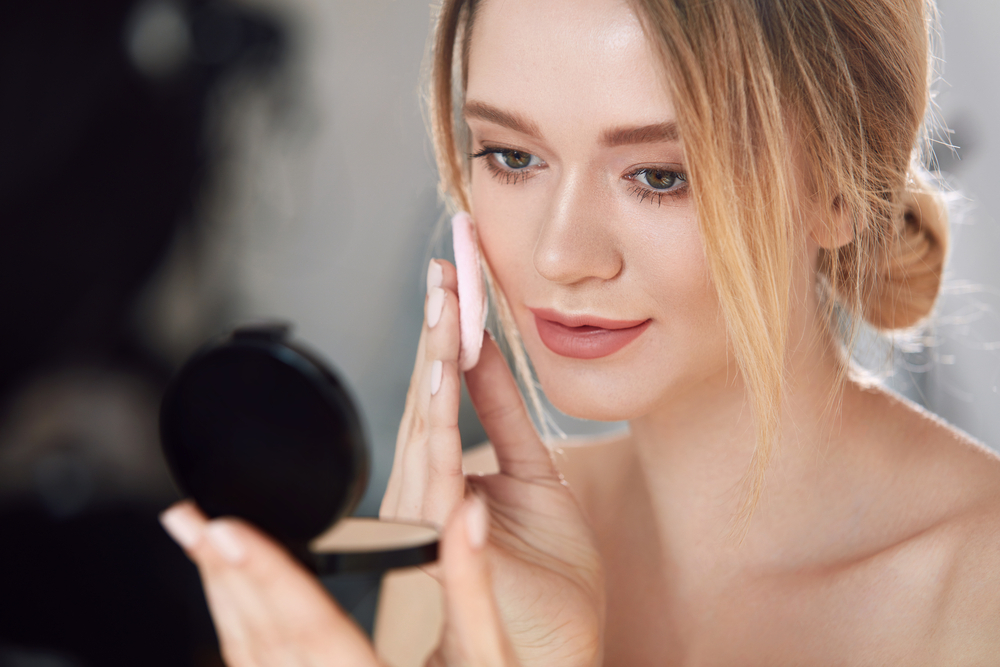Under The Eyes Dark Circles, treatment can be a common concern for many individuals. They make you look tired and older and affect your overall appearance. This comprehensive guide will explore the causes of under-the-eye dark circles and discuss various treatment options, including lifestyle changes, skincare products, and medical procedures. Whether looking for natural remedies or seeking professional advice, this article will provide you with the knowledge you need to effectively address this issue.
Do you often find yourself struggling with under-eye dark circles? These pesky blemishes can be a source of frustration for many. There’s hope, whether you’re dealing with genetic predisposition, lack of sleep, or other contributing factors. In this comprehensive guide, we’ll explore the best treatments for under-eye dark circles treatment, the benefits of Vitamin C, and how to address deficiencies that may be causing those unwanted shadows.
Under the eye, dark circles treatment is a cosmetic concern that affects people of all ages. They can be caused by a variety of factors, including genetics, thin under-eye skin, aging, sleep deprivation, allergies, and pigmentation issues. Understanding the root cause is crucial in determining the most suitable treatment approach. This guide will delve into the causes and solutions for under-eye dark circles, providing valuable insights and practical tips.
Understanding Under The Eye Dark Circles
Causes of Under The Eye Dark Circles
Genetics and Family History
When Are the Dark Circles Under Your Eyes Not Down to Being…?
Genetics plays a significant role in the development of under the eye dark circles. If your parents or close relatives have dark circles, there is a higher likelihood that you will also experience this concern. Certain genetic factors can contribute to thin under-eye skin or increased pigmentation, making the blood vessels beneath more visible.
Thin Under-eye Skin
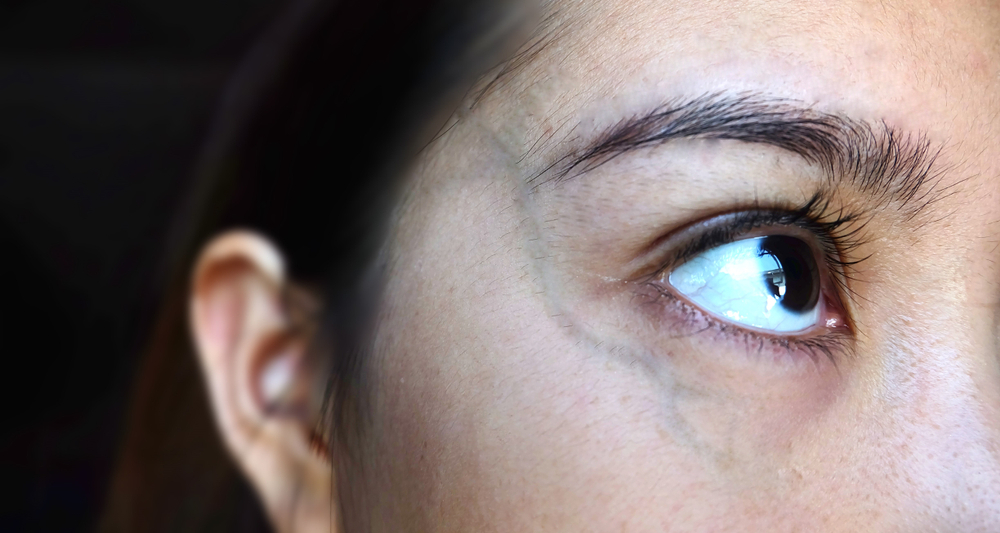
Thin under-eye skin is another common cause of dark circles. The delicate skin around the eyes is prone to collagen and elastin breakdown, leading to increased transparency and the appearance of underlying blood vessels. This can result in a bluish or purple hue under the eyes.
Aging and Loss of Collagen
As we age, the production of collagen and elastin in the skin decreases, leading to thinning and sagging of the under-eye area. This can make the blood vessels more visible and contribute to the appearance of dark circles. Additionally, the skin becomes drier and less resilient, exacerbating the problem.
Sleep Deprivation and Fatigue

Lack of sleep and fatigue can cause the skin to become pale and dull, making under-eye dark circles more noticeable. Sleep deprivation also impairs blood circulation, leading to fluid retention and puffiness, which can further accentuate the appearance of dark circles.
Allergies and Sinus Congestion
Dark circles under the eyes: Causes and treatments
Allergies and sinus congestion can contribute to the development of under the eye dark circles. When you have an allergic reaction or sinusitis, the blood vessels around the eyes can dilate, leading to increased blood flow and darkening of the under-eye area. Rubbing the eyes due to itching can further worsen the condition.
Pigmentation Issues
Uneven pigmentation, such as hyperpigmentation or melasma, can cause dark circles under the eyes. Excessive production of melanin, the pigment responsible for skin color, can result in the formation of dark patches or spots. Pigmentation issues can be exacerbated by sun exposure, hormonal changes, and certain medications.
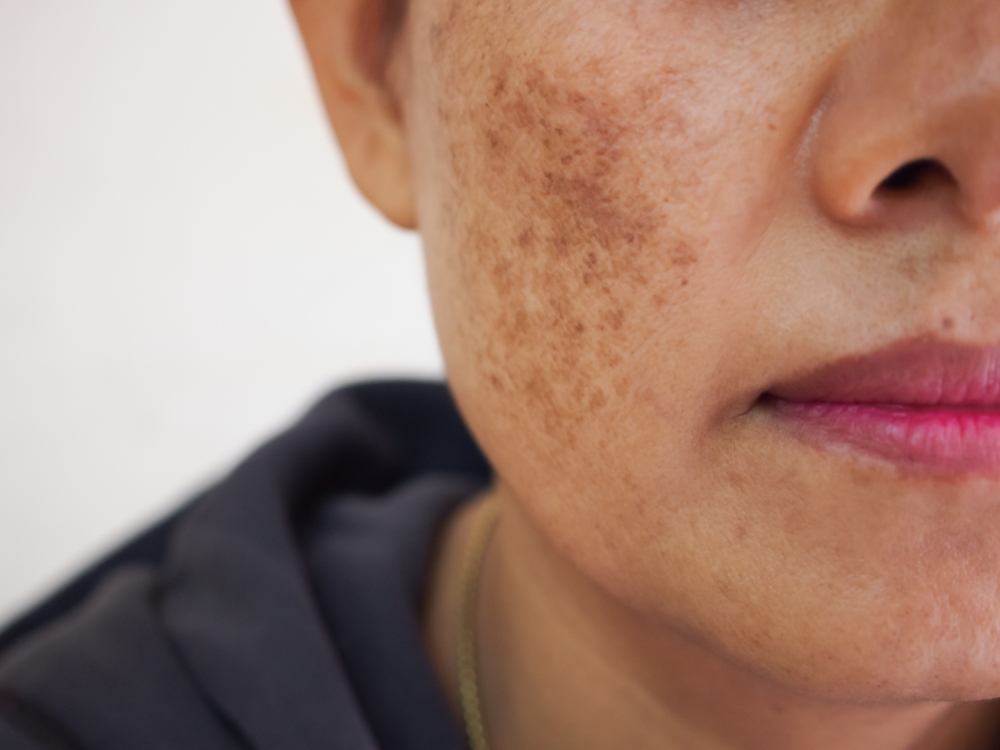
B. Differentiating Between Under The Dark Circles and Other Under-eye Concerns
Dark circles under the eyes are often confused with other under-eye concerns, such as puffy eyes, under-eye bags, and wrinkles. It is essential to differentiate between these issues to determine the most appropriate treatment approach.
Puffy Eyes
Puffy eyes occur when fluid accumulates in the under-eye area, leading to swelling and a baggy appearance. This can be caused by factors such as sleep deprivation, allergies, high salt intake, and hormonal changes. While puffy eyes can contribute to the appearance of dark circles, they are distinct concerns that require specific remedies.
Under-eye Bags
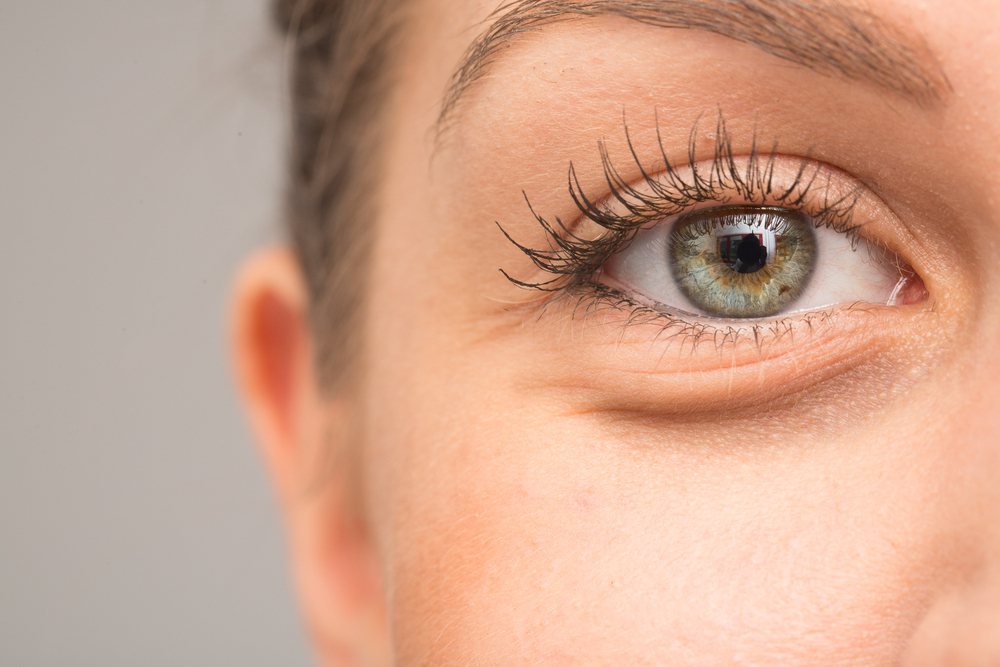
Dark circles under the eyes: Causes and solutions.
Under-eye bags refer to the protrusion or sagging of the skin beneath the eyes. They are often caused by the weakening of muscles and tissues due to aging or genetic factors. Under-eye bags can create shadows, making the dark circles more prominent. However, the treatment options for under-eye bags differ from those for dark circles.
Wrinkles and Fine Lines
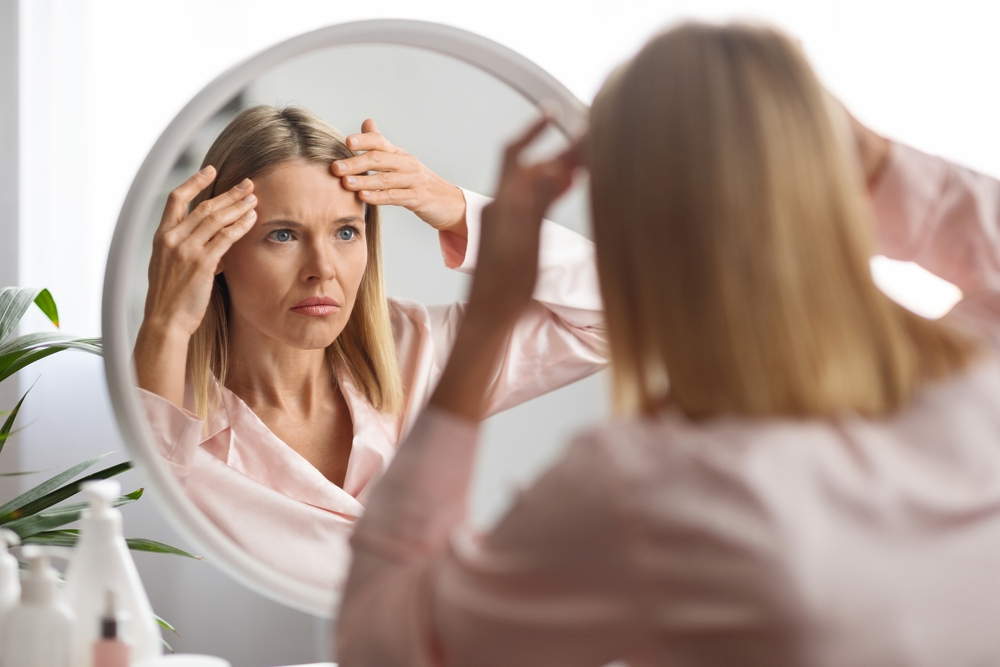
Wrinkles and fine lines are common signs of aging and can also affect the under-eye area. While they may contribute to the appearance of dark circles, they require distinct treatment approaches. Wrinkle-reducing treatments, such as retinol-based creams or cosmetic procedures, can help address these concerns alongside dark circles.
III. Lifestyle and Home Remedies
Taking care of your overall health and adopting certain lifestyle habits can significantly prevent and reduce Under The Eyes Dark Circles Treatment. Here are some healthy habits and natural remedies that can help improve the appearance of dark circles.
A. Healthy Habits for Preventing and Reducing Dark Circles
Adequate Sleep and Sleep Position
Sleeping is crucial for overall skin health, including the under-eye area. Aim for 7-9 hours of quality sleep each night to allow your body to repair and rejuvenate. Additionally, sleeping on your back with an elevated pillow can prevent fluid accumulation and reduce the risk of waking up with puffy eyes.
Hydration and Balanced Diet
How to Get Rid of Dark Circles | Milk Paper
Staying hydrated is essential for maintaining healthy skin. Drink an adequate amount of water throughout the day to keep your skin hydrated and plump. Additionally, include a balanced diet rich in fruits, vegetables, whole grains, and lean proteins. Foods high in antioxidants, vitamins, and minerals can promote skin health and reduce the appearance of dark circles.
Stress Management and Relaxation Techniques
Chronic stress can contribute to various skin concerns, including dark circles—practice stress management techniques such as meditation, deep breathing exercises, and engaging in activities you enjoy. Taking time for self-care and relaxation can help improve your overall well-being and reduce the appearance of under the eyes dark circles.
Protecting the Under-eye Area from Sun Damage
Dark Circle Corrector System
Exposure to the sun’s harmful UV rays can worsen pigmentation issues and accelerate skin aging, leading to the appearance of dark circles. Protect under the eyes dark circles by wearing sunglasses, using sunscreen with a high SPF, and avoiding excessive sun exposure, especially during peak hours.
B. Natural Remedies for Treating Under the Eye Dark Circles Treatment
Cold Compresses and Cucumber Slices
Applying cold compresses or placing cucumber slices on the eyes can help constrict blood vessels and reduce the appearance of dark circles. The cool temperature also has a soothing effect on the under-eye area, reducing puffiness and inflammation.
Tea Bags and Green Tea Extract

Under The Eyes Dark Circles: Causes, Treatment & Prevention…
Tea bags, particularly those containing caffeine or green tea extract, can help reduce Under The Eyes Dark Circles Caffeine has vasoconstrictive properties that shrink blood vessels, while green tea extract contains antioxidants that promote skin health. Place used tea bags in the refrigerator and apply them to your closed eyes for a refreshing and revitalizing effect.
Topical Application of Natural Ingredients
Certain natural ingredients have been found to have skin-brightening properties and can help improve the appearance of dark circles. Aloe vera, rosewater, almond oil, and cucumber juice are some examples of natural remedies that can be applied topically to nourish and brighten the under-eye area.
Dietary Changes to Reduce Inflammation and Promote Skin Health
Alongside topical remedies, making dietary changes can also contribute to reducing Under The Eyes Dark Circles. Incorporate foods rich in antioxidants like berries, leafy greens, and nuts into your diet. Avoid processed foods, sugary snacks, and excessive salt intake, as these can lead to water retention and inflammation
Conclusion
Eye dark circles can be a common concern for many individuals. Understanding the causes and available treatment options is essential for effectively managing and reducing their appearane. Whether through lifestyle changes, natural remedies, or medical treatments, there are various approaches to address Under The Eyes Dark Circles Treatment. By adopting healthy habits and seeking professional advice, individuals can achieve
brighter and more refreshed Under The Eyes Dark Circles.
FAQs :
What are the common causes of under-eye dark circles?
Under The Eyes Dark Circles can be caused by various factors such as genetics, thin under-eye skin, aging, sleep deprivation, allergies, and pigmentation issues.
Are there any natural remedies for treating eye dark circles?
Yes, there are natural remedies that can help reduce the appearance of under-eye dark circles. Cold compresses and cucumber slices can be applied to constrict
blood vessels and reduce puffiness and inflammation.
How are Under The Eyes Dark Circles different from under-eye bags?
Eye bags refer to the sagging or protrusion of the skin beneath the eyes, which can create shadows and make dark circles more prominent. The treatment options for under-eye bags differ from those for dark circles.
What are the medical treatment options for Under The Eyes Dark Circles?
Medical treatments for dark eye circles may include laser therapy, chemical peels, dermal fillers, or surgery. These options should be discussed with a dermatologist or cosmetic surgeon for personalized recommendations.

